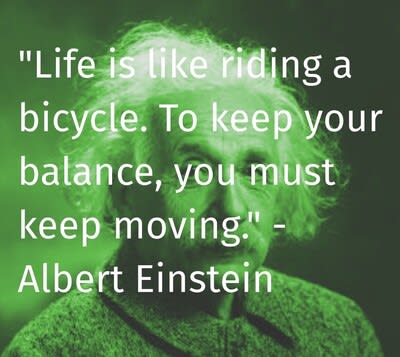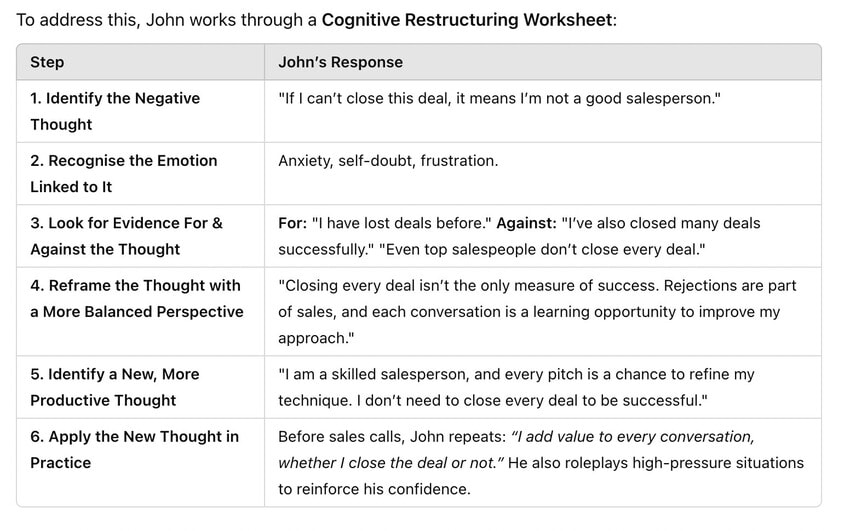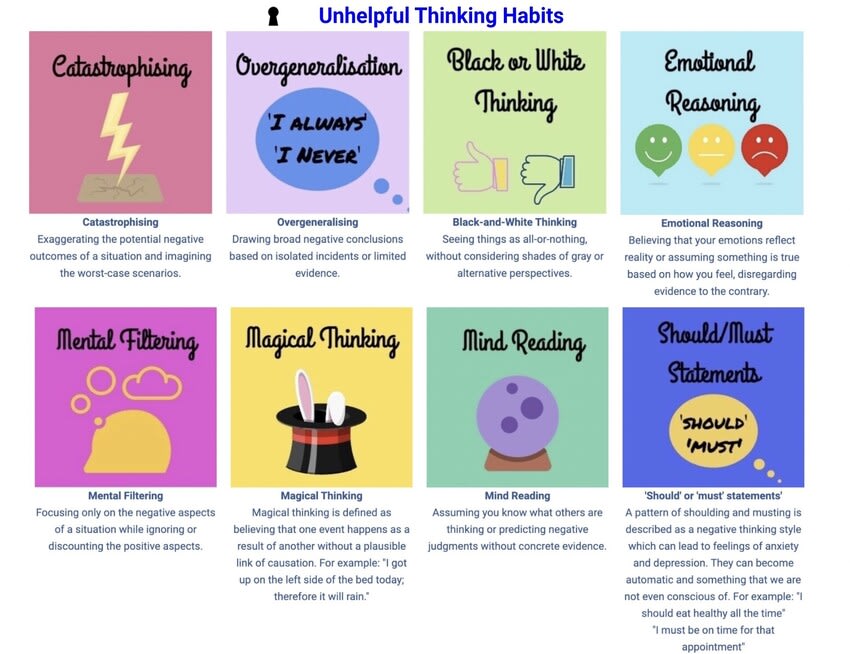Introduction to CBT
Introduction to Cognitive Behavioural Therapy (CBT)
SESSION OVERVIEW
In this session we will learn how CBT can help you identify and challenge unhelpful thoughts and beliefs, and help you replace them with more adaptive and helpful ones. It also focuses on changing maladaptive behaviours and teaching skills for managing difficult emotions.
Psychologist Tip: "Embrace CBT as a tool not just to alleviate symptoms, but to fundamentally change how you process thoughts and emotions."
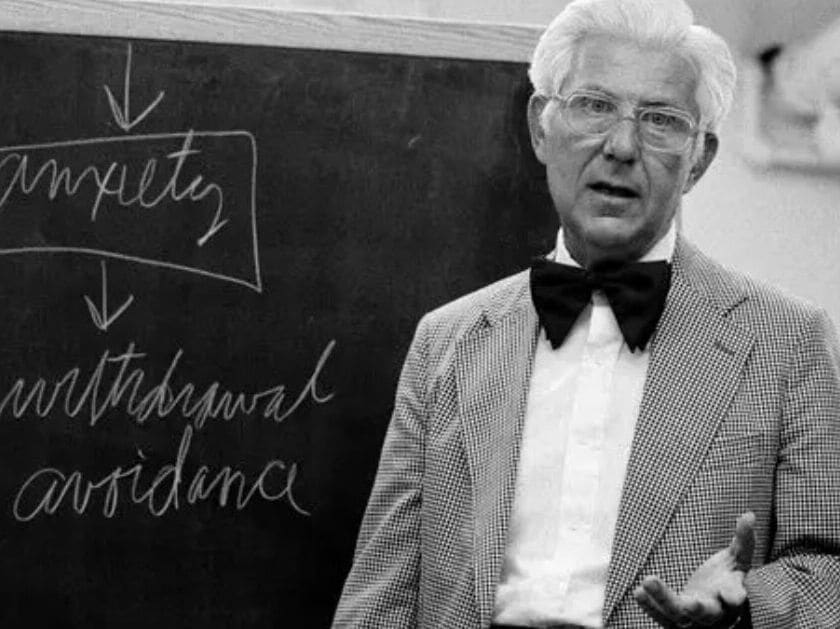
Aaron T. Beck founded Cognitive Behavioural Therapy (CBT) in the early 1960s.
What is CBT?

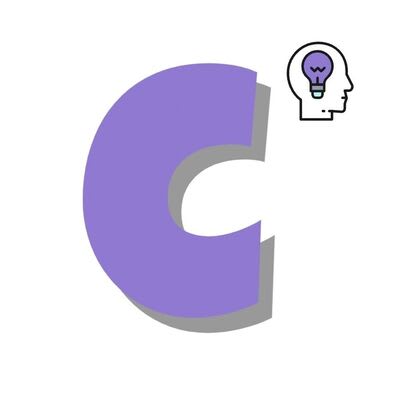
Cognitive
Refers to the cognitive aspect of the therapy, focusing on thoughts, beliefs, and cognitive processes.
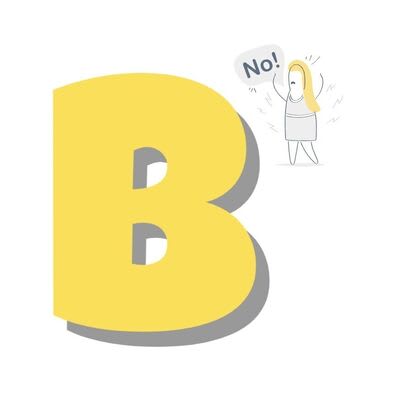
Behavioural
Refers to the behavioral aspect of the therapy, focusing on observable behaviors and actions.

Therapy
Indicates that CBT is a therapeutic approach used by mental health professionals to help individuals address and overcome psychological challenges.
In summary, CBT stands for Cognitive Behavioral Therapy, which integrates cognitive and behavioral techniques to help individuals make changes in their thoughts, behaviours, and emotions for the purpose of improving performance.
How does CBT work?
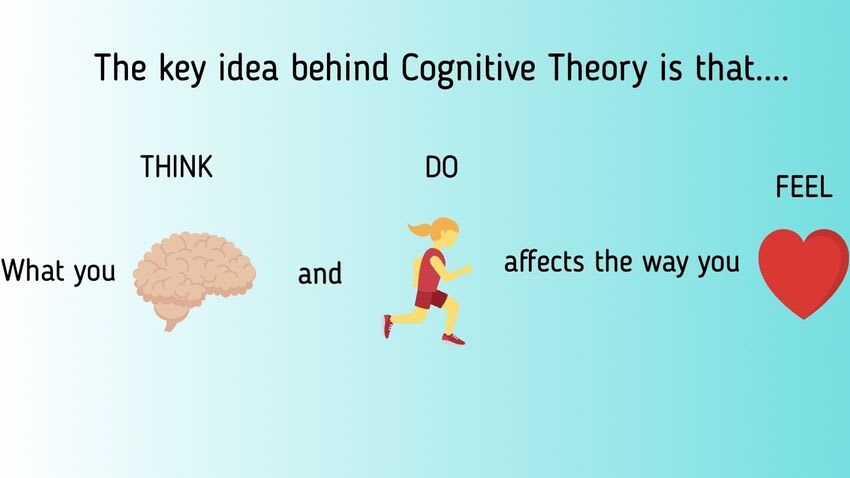
How does CBT work?
Cognitive Behavioural Therapy (CBT) is based on the premise that our thoughts, feelings, and behaviors are interconnected and can be changed through strategic questioning and reinforced positive behaviors. CBT typically involves identifying and reframing unhealthy thought processes, setting achievable goals, and learning constructive coping mechanisms to address and manage distress.
What is Cognitive Restructuring?

The process of cognitive restructuring involves four key steps. First, it's crucial to recognise negative thoughts and become aware of how they impact our emotions. Next, we challenge these negative thoughts by questioning their accuracy and searching for evidence that supports or contradicts them. This allows us to gain a clearer perspective on the situation.
Once we've challenged our negative thoughts, we then reframe them by finding more balanced and realistic alternatives. This step helps us see the situation from different angles, leading to more helpful interpretations. Finally, we must consistently practice and reinforce these new, adaptive thoughts to solidify the positive changes in our thinking patterns.
By understanding our mental processes and engaging in cognitive restructuring, we can actively address unhelpful thinking habits and experience greater emotional well-being.
Four Stage Approach to Cognitive Restructuring
While cognitive restructuring can involve varying steps and techniques depending on the specific approach and individual needs, these four steps can provide a foundational framework for the process.

Using a Cognitive Restructuring Worksheet to Enhance Workplace Performance and Sales Confidence
Scenario: A Sales Executive Struggling with Confidence
John is a sales executive who frequently experiences self-doubt before pitching to high-profile clients. He often thinks, "I'm not persuasive enough" or "If I get rejected, it means I'm not good at my job." As a result, he approaches sales calls nervously, leading to hesitation, lack of assertiveness, and lower sales conversion rates.
To address this, John works through a Cognitive Restructuring Worksheet:
Results & Impact on Performance
By regularly practising cognitive restructuring, John:
✅ Approaches sales calls with greater confidence and assertiveness.
✅ Focuses on building relationships, rather than fearing rejection.
✅ Uses rejection as a learning tool, rather than a personal failure.
✅ Closes more deals, as he appears more credible, relaxed, and persuasive.
By training his brain to reframe failure and self-doubt, John shifts from hesitation and insecurity to confidence and resilience, directly impacting his sales performance and revenue generation.
Recognising Negative Thoughts

Recognising Negative Thoughts/ Unhelpful Thinking Habits
Negative thoughts such as catastrophising, overgeneralisation, and mind-reading, can create a cycle of distress and worry.
By becoming aware of your negative thoughts, examining the evidence for and against them, and reframing them with more realistic perspectives, you can break free from the grip of anxiety. Cognitive restructuring empowers you to manage your goals more effectively and improve your well-being by fostering a more positive outlook and coping strategy.
How Can CBT Improve Performance in the Workplace?
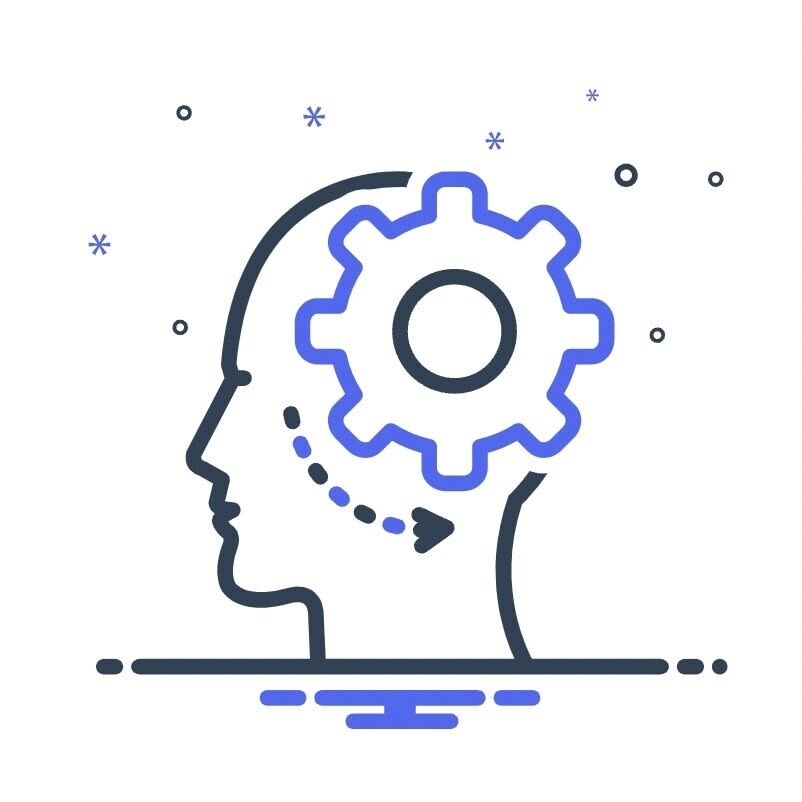
CBT is highly effective in optimising workplace performance by helping individuals develop resilience, improve focus, and manage stress effectively. In an executive coaching context, CBT techniques help professionals identify and challenge self-limiting beliefs, reduce performance anxiety, and improve decision-making skills.
By addressing unhelpful thought patterns, such as fear of failure, imposter syndrome, or perfectionism, CBT enables individuals to adopt a growth mindset and more constructive problem-solving strategies. This allows professionals to approach challenges with greater confidence, adaptability, and efficiency.
CBT also incorporates behavioural strategies that promote productivity and goal achievement, such as:
1. Cognitive restructuring – Reframing negative or unhelpful thoughts about work performance.
2. Behavioural activation – Developing proactive habits to increase motivation and prevent procrastination.
3. Stress management techniques – Practical tools to handle pressure, such as mindfulness, relaxation techniques, and structured problem-solving.
CBT can help individuals cultivate mental clarity, focus, and resilience, through structured coaching sessions. This can lead to improved leadership abilities, stronger workplace relationships, and greater career satisfaction.
Evidence Supporting CBT
Studies have shown that Cognitive Behavioral Therapy (CBT) is an effective treatment for common mental health issues such as depression, anxiety, post-traumatic stress disorder, and bipolar disorder. A meta-analysis of 65 randomized, controlled trials found that CBT had moderate to large effects in reducing symptoms of depression and anxiety. Even after the intervention ended, the effects of CBT lasted and therefore CBT appears to be an effective treatment for long-term symptoms of mental health disorders.
Source: Shin, N., Calton, T., & Naeem, F. (2020). Effectiveness of Cognitive Behavioral Therapy on Depression and Anxiety: A Systematic Review and Meta-Analysis. Cureus, 12(5). doi: 10.7759/cureus.8134.
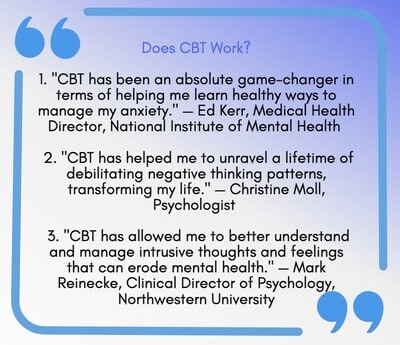
Academic Endorsements

Celebrity Endorsements
Final Thoughts
As we conclude this introduction to CBT we want to reassure you that the first steps in learning CBT can be difficult, as is learning anything new, but the rewards are worth the effort.
